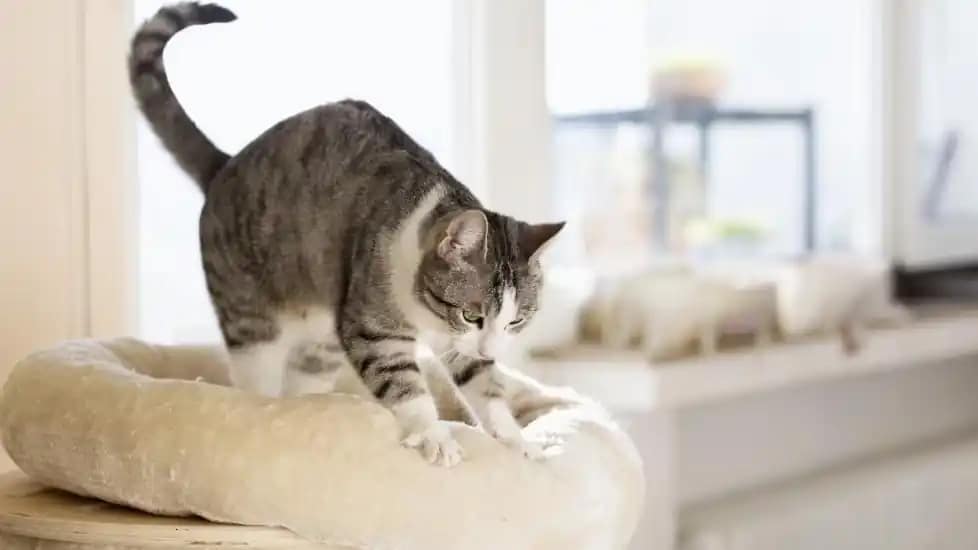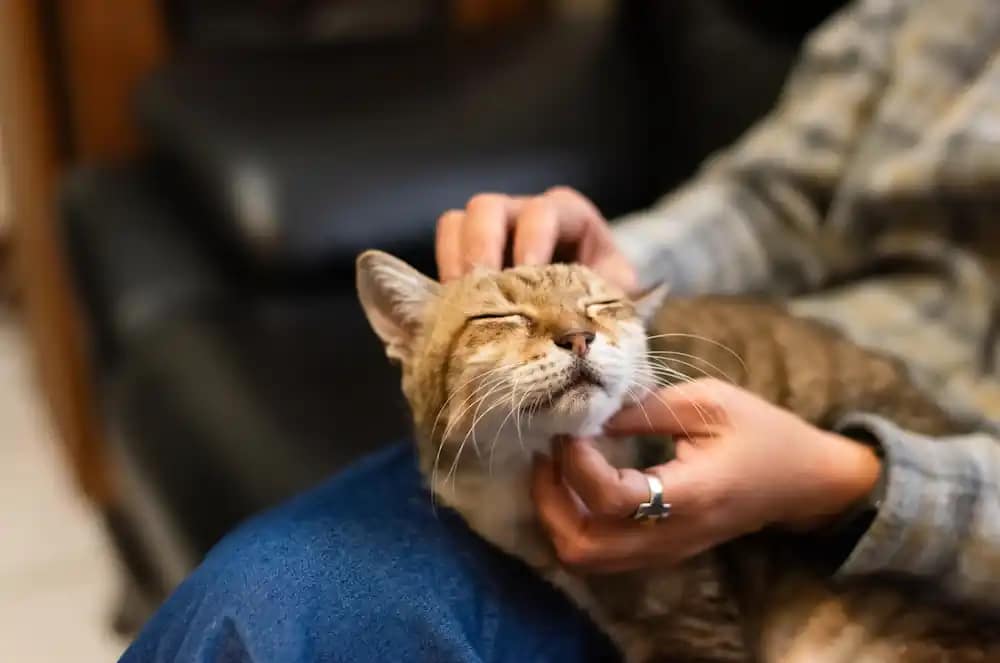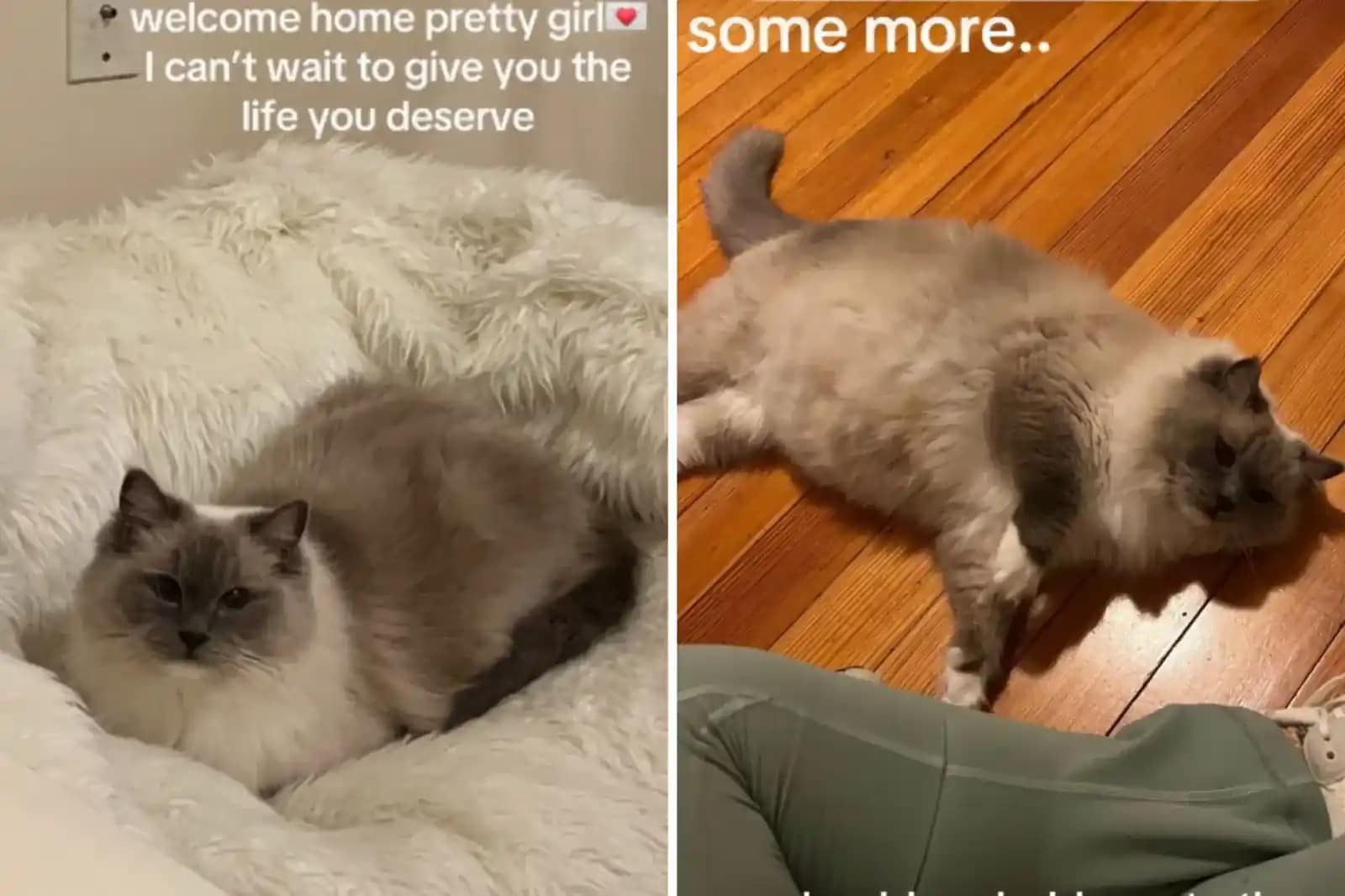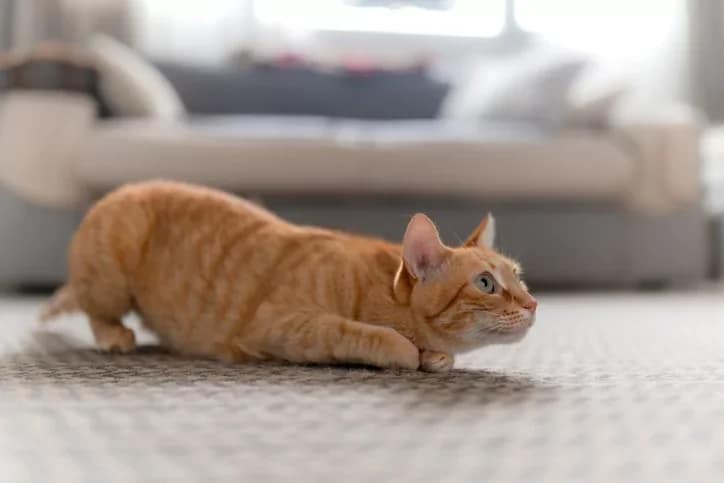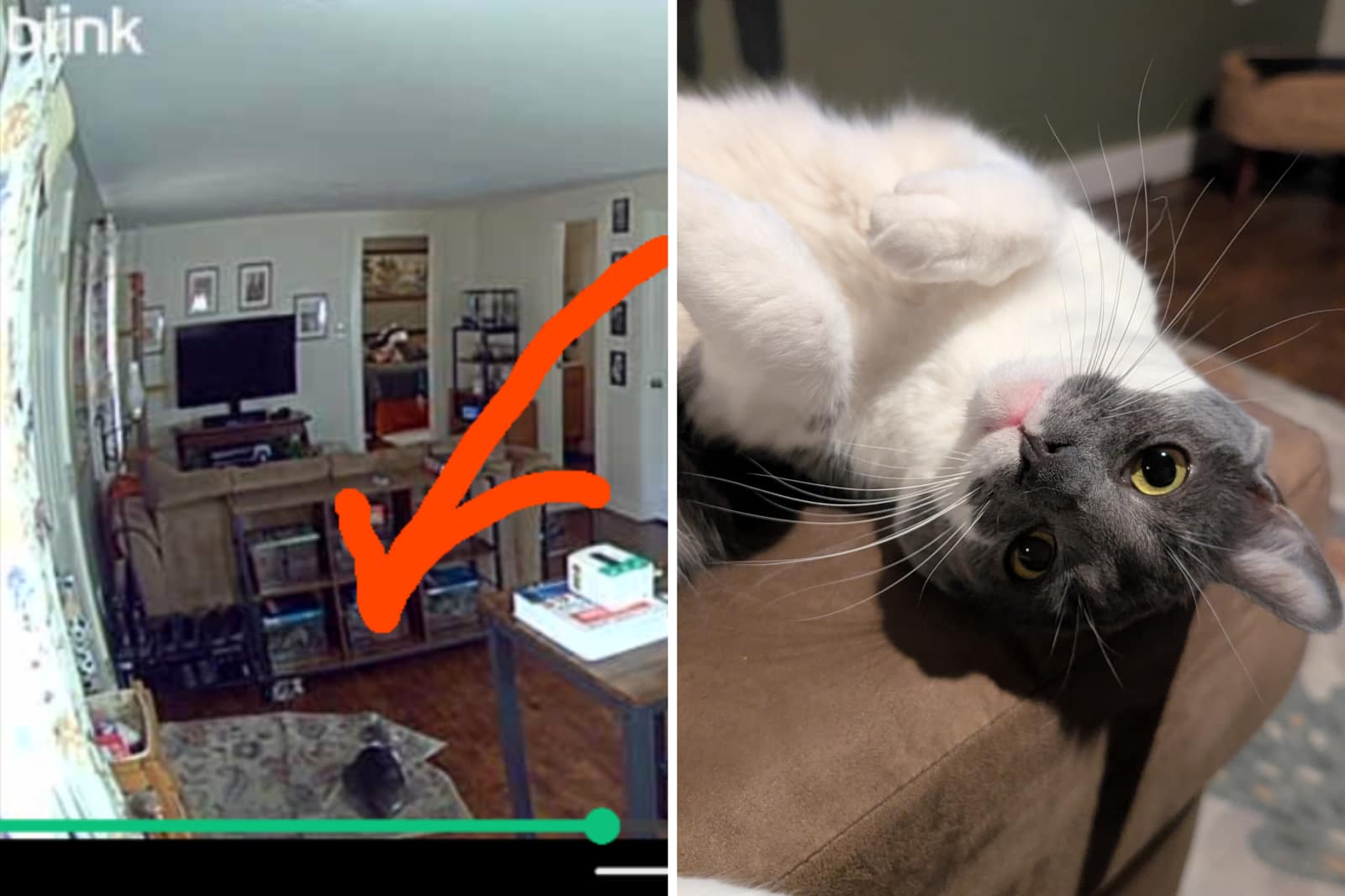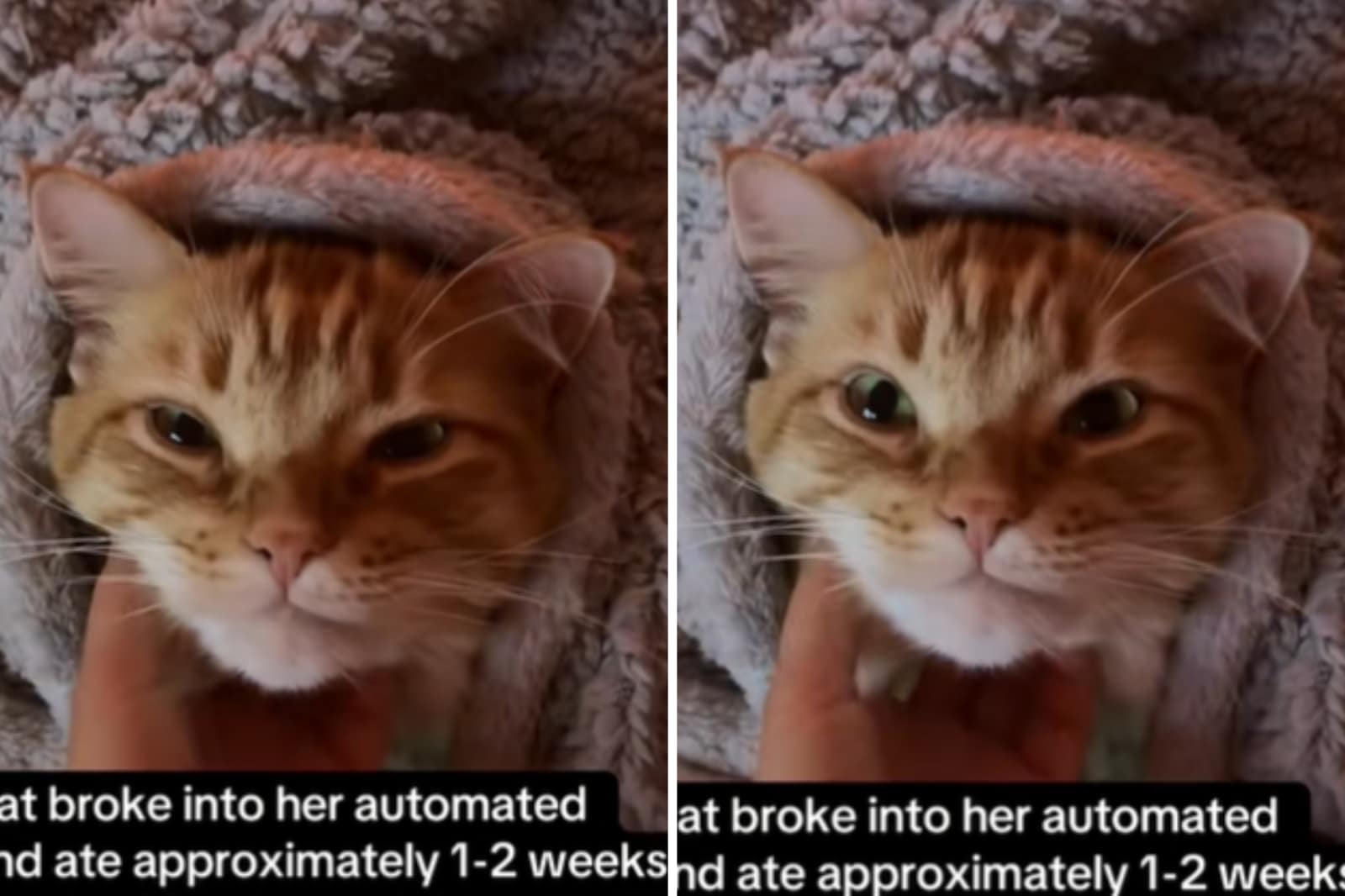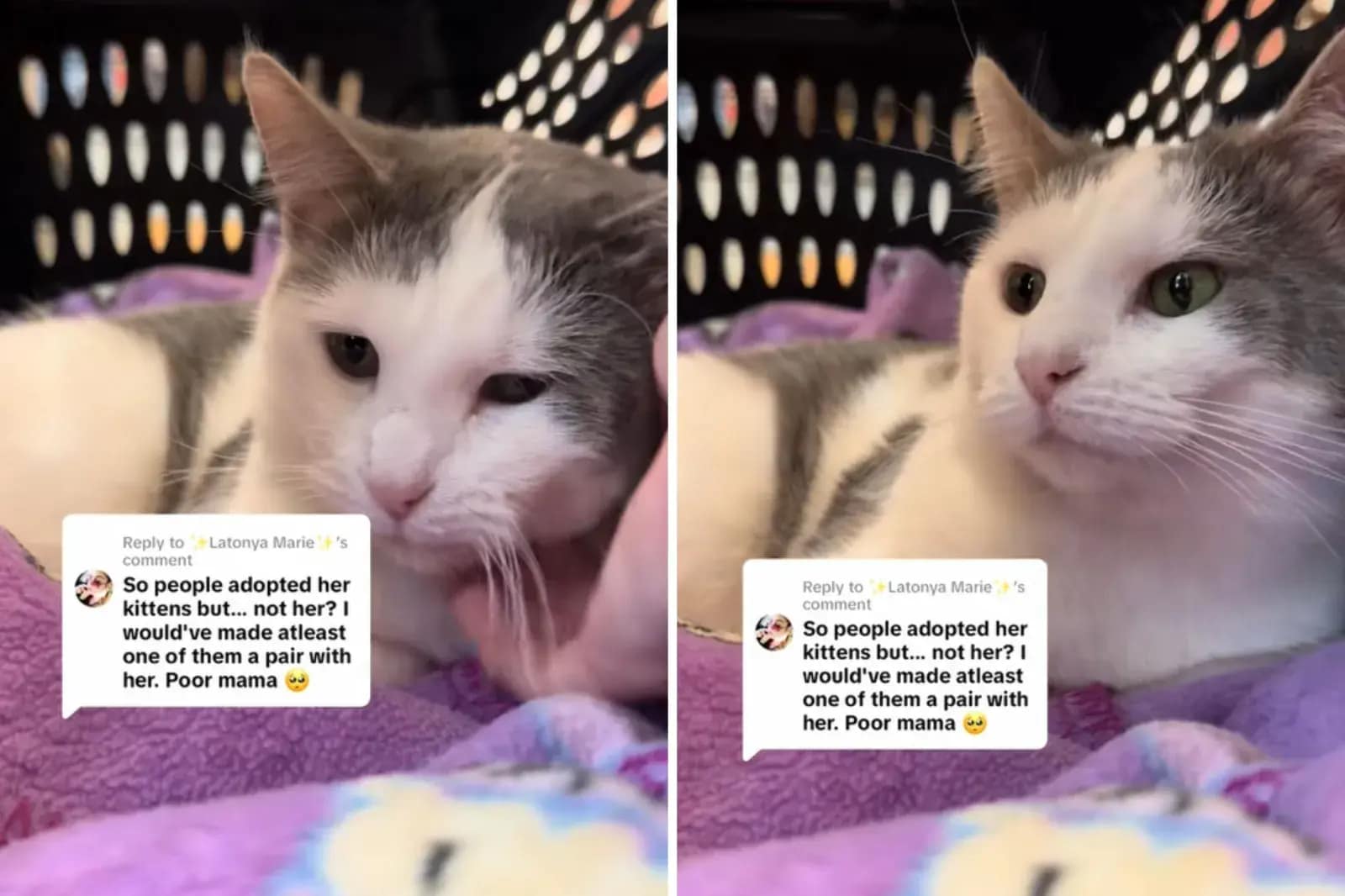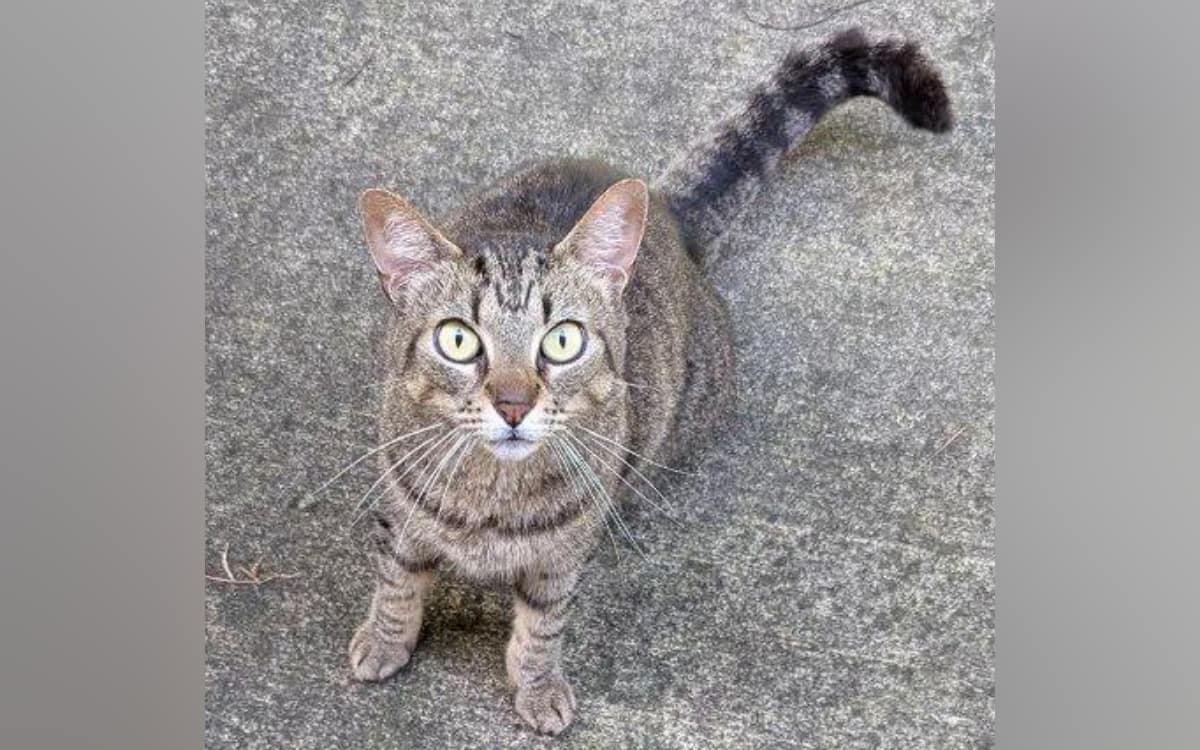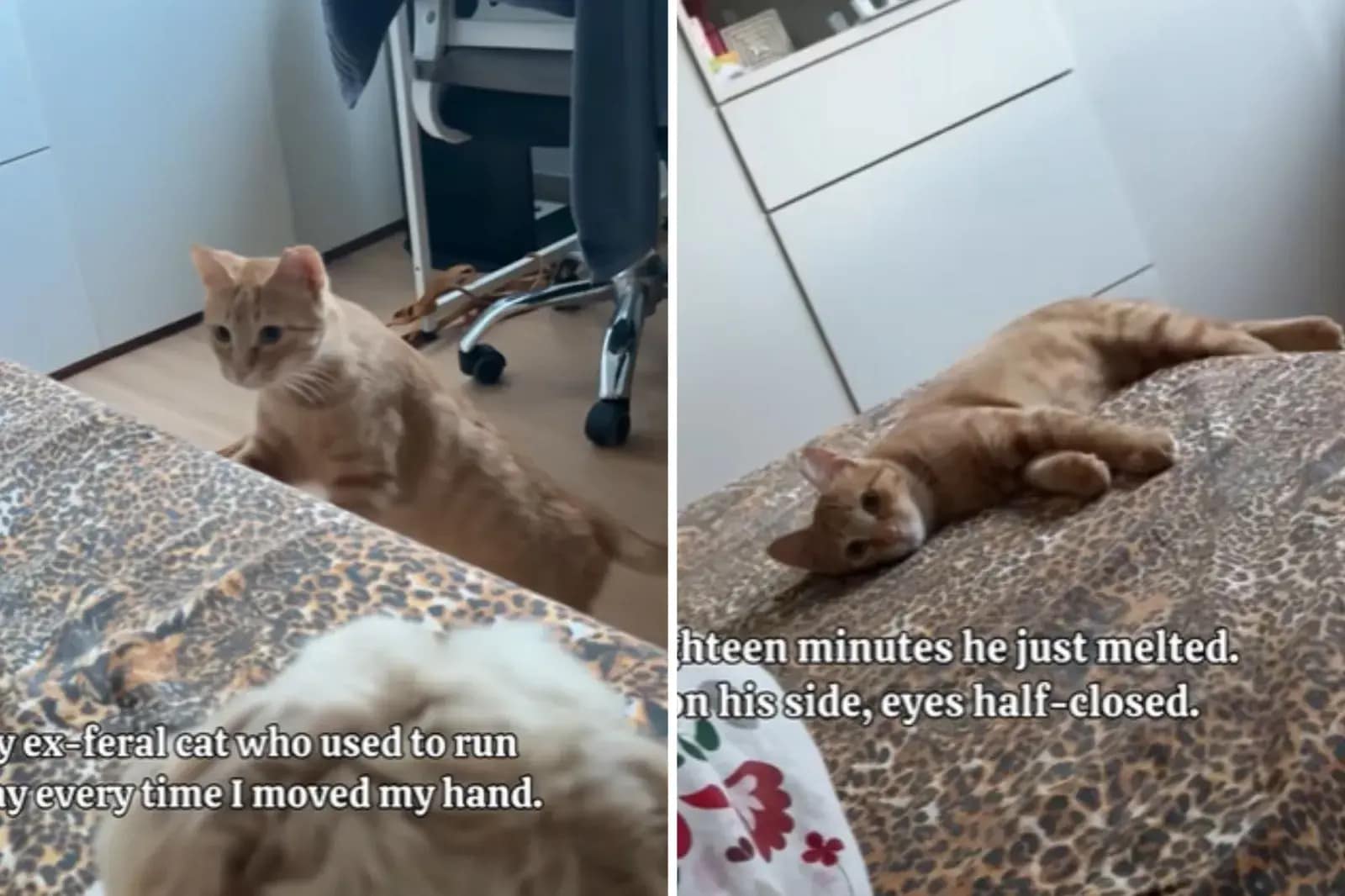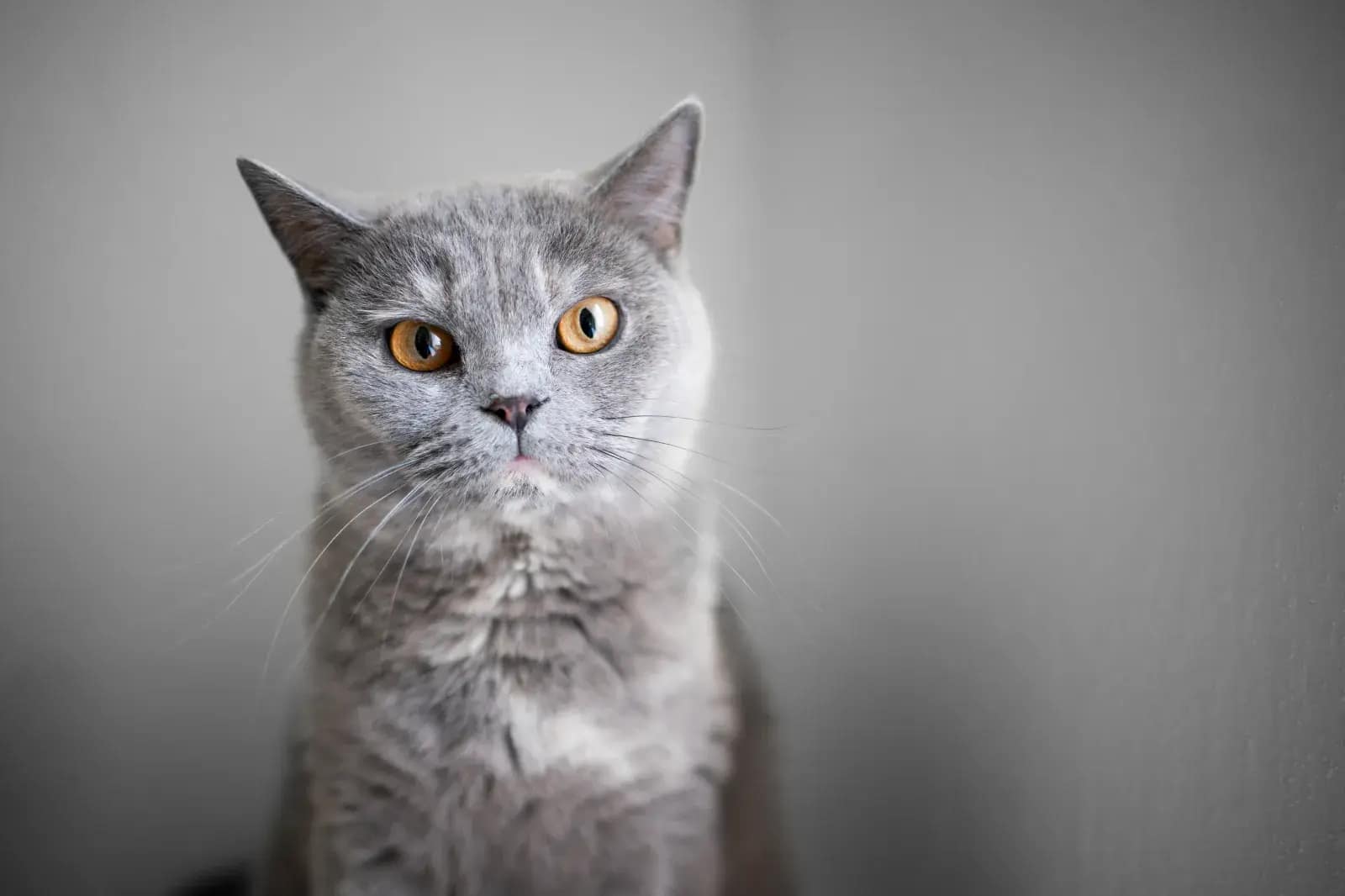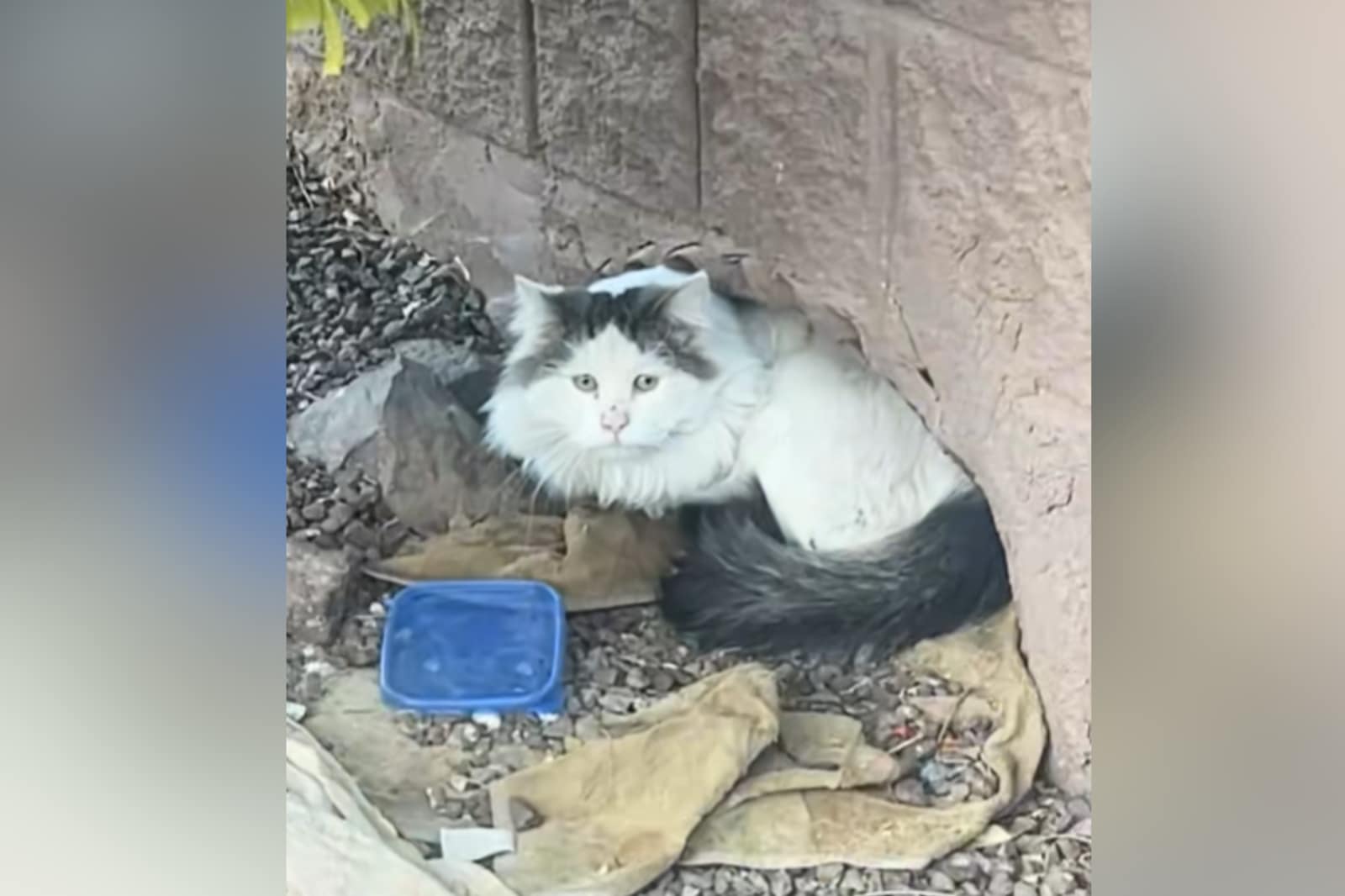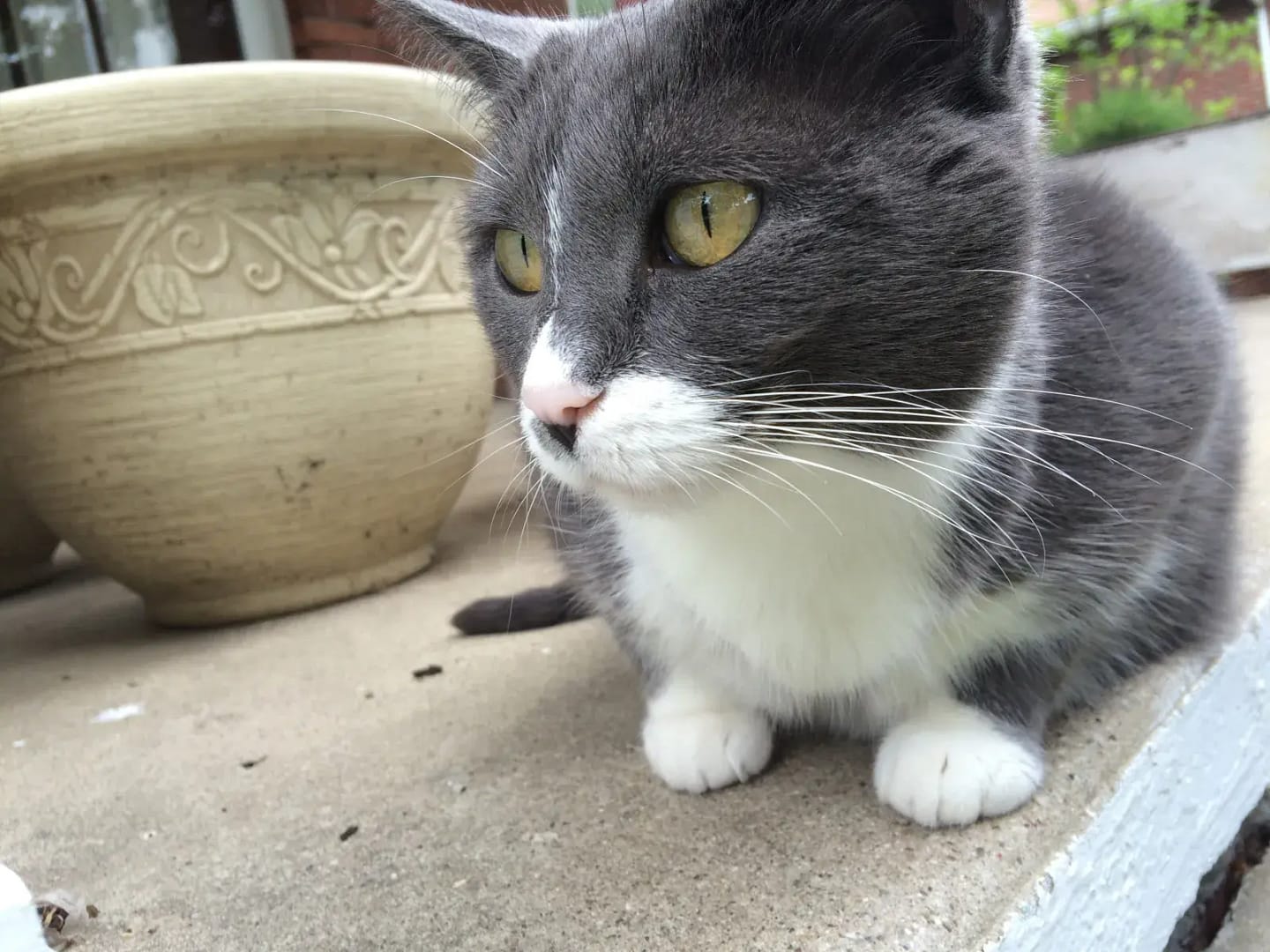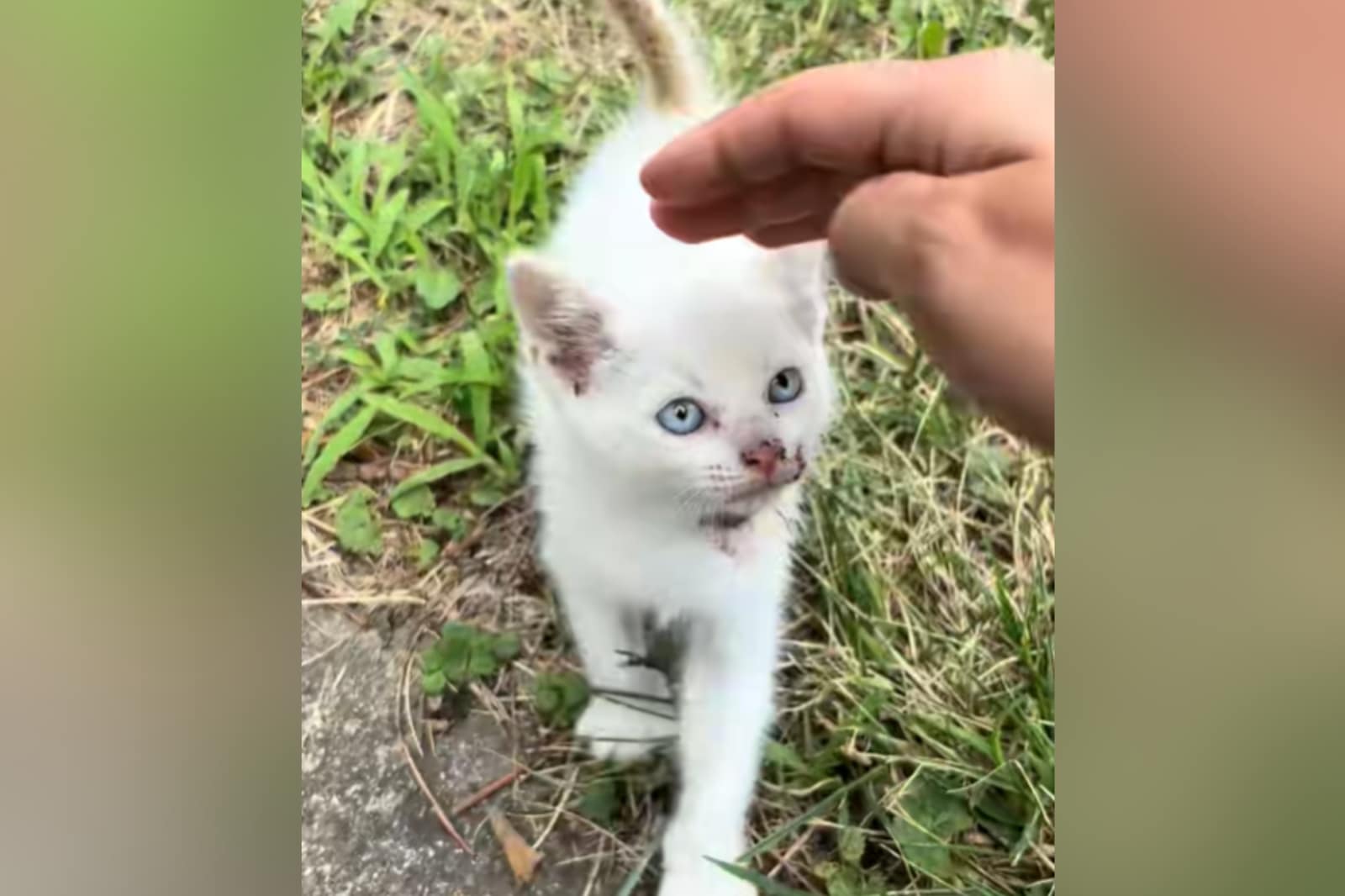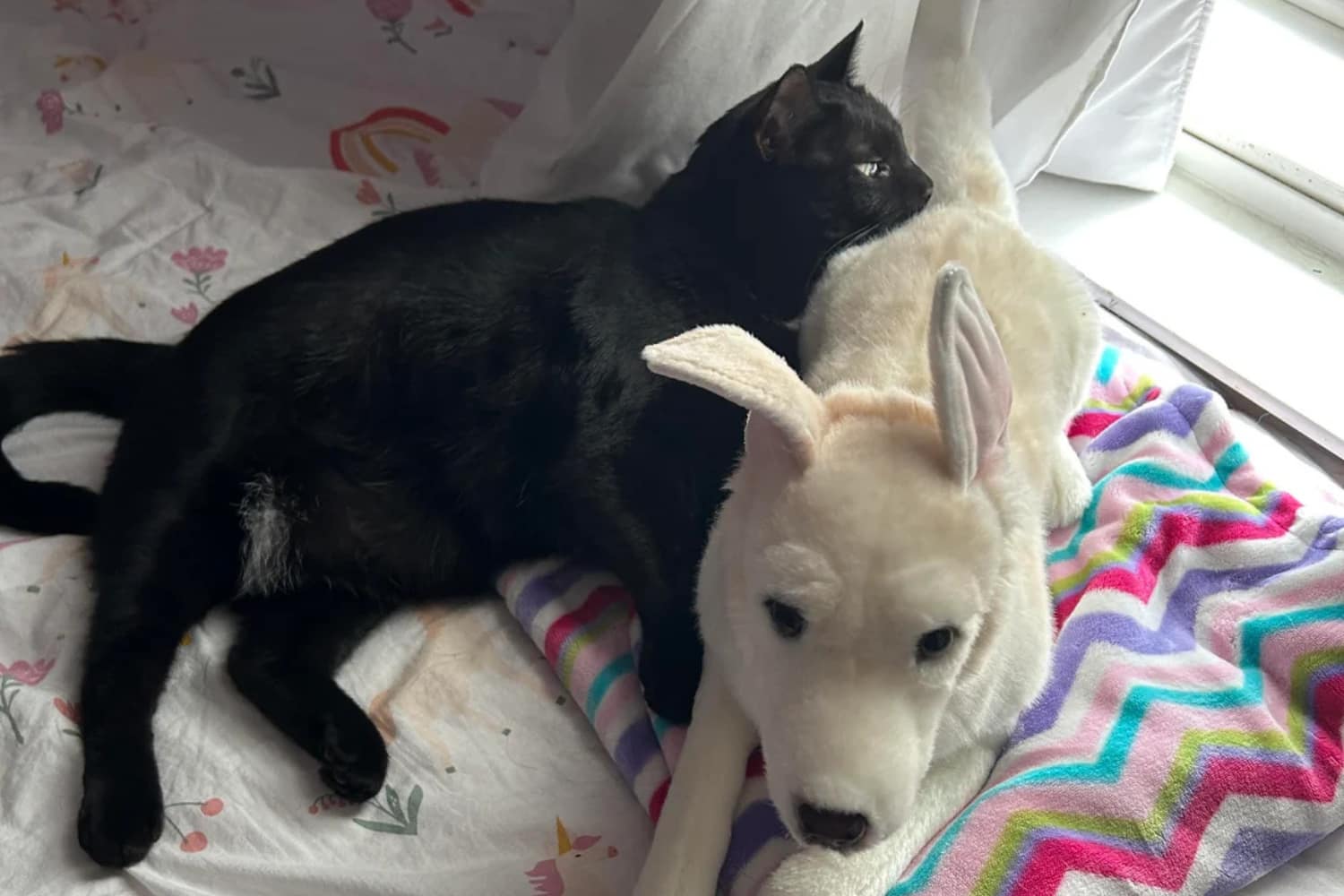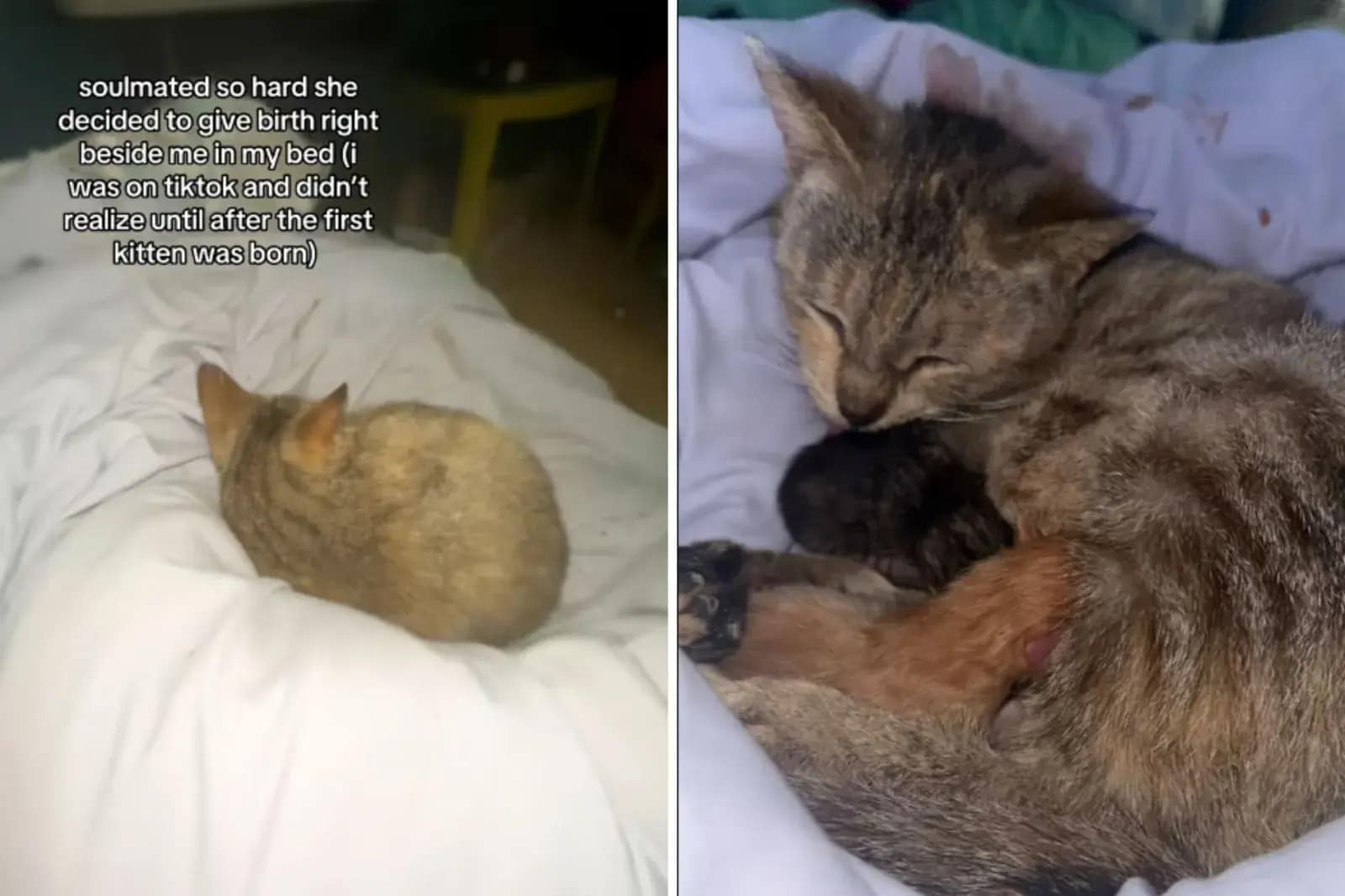As fellow cat parents, we’ve all been there: You’re cozied up on the couch, your purr machine hops into your lap, and suddenly those tiny paws start rhythmically pushing in and out like they’re prepping the world’s fluffiest dough. It’s equal parts adorable and “ouch” if claws are involved.
Kneading—affectionately dubbed “making biscuits”—is one of those quirky cat behaviors that tugs at our heartstrings while leaving us wondering: Why do cats knead? Is it a sign of pure bliss, or something more?
In this cat health news roundup, we’ll dive into the cozy science behind it, with practical tips to cherish the moment without the mishaps. Let’s unpack this paw-some ritual together.
The Roots of Kneading: A Kitten’s First Love Language
Picture a tiny kitten, eyes barely open, nestled against mom for a milky meal. That’s where kneading often begins—those instinctive paw presses stimulate milk flow and wrap the little one in a blanket of comfort, thanks to mama cat’s soothing pheromones.
En cat parents, we know how those early bonds shape our felines forever. Many cats carry this ritual into adulthood, kneading soft surfaces to recapture that serene, stress-free vibe. It’s like their built-in spa session: a gentle rhythm that signals “all is right in my world.”
Kneading is by no means exclusive to kittens. In the wild, various feline species often knead soft grasses and other bedding substances in their natural environments when getting ready to rest. Domestic cats also engage in this behavior, frequently doing so on their beds, blankets, and other preferred sleeping areas.
Furthermore, cats possess scent glands located between their toes. As they knead an object or a human, they leave their unique scent on that surface. This serves as a territorial marking method, particularly useful when other cats approach to investigate and potentially claim resources. Additionally, some experts put forward the theory that kneading is a way for cats to stretch their muscles and ease tension in their limbs.
Why the Blanket Obsession? Decoding Knead Spots
Ever caught your cat turning your bed into a bakery? Blankets are prime real estate for kneading, and here’s why it hits different:
- Stress Buster Extraordinaire: That soft squish mimics nursing’s cozy comfort, releasing feel-good endorphins. If your cat pairs it with a gentle suckle (hello, wool-sucking quirk), it’s her way of unwinding after a day of window-watching adventures.
- Bedding Prep Mode: Just like her wild cousins, your cat might be “tucking in” the fabric to make it just right for snoozing—think of it as her version of plumping pillows.
- Scent-Marking Mastery: Hidden between those paw pads? Scent glands that leave her signature aroma behind. It’s a subtle “mine!” claim on her turf, keeping other kitties (or the family dog) at bay.
As cat parents, we get the appeal—it’s heart-melting to watch. But if your linens are looking battle-worn, no sweat. Swap in a dedicated “knead zone” blanket just for her. Pro tip: Opt for plush, washable fabrics to keep things hygienic and her happy.
When Kneading Lands on You: A Paws-itive Sign of Trust
Nothing says “you’re family” quite like a knead session on your lap. Oof, those claws, right? But lean in—it’s often a love letter from your cat. That same nursing nostalgia? It translates to affection here, whispering, “You make me feel safe, just like mom did.” Plus, by marking you with her scent, she’s looping you into her inner circle—talk about an honor!
Cats often knead their owners for many of the same purposes they knead blankets and other plush items: to unwind, alleviate stress, or flatten out their resting area prior to settling in for sleep.
Beyond these practical motives, kneading can also serve as a display of fondness. This behavior traces back to their kittenhood, when they would knead their mothers—making it a way for them to express feelings of comfort and safety in your presence. Additionally, cats may use kneading to mark you with the scent glands located in their paws, essentially claiming you as their own through their distinctive aroma.
You might notice it pre-nap: A few rhythmic pushes on your belly, then curl-up time. It’s her ultimate chill pill, blending relaxation with “I choose you.”
If it stings, layer a soft barrier (like that spare blanket) to protect your skin while preserving the snuggle. After all, these moments build the unbreakable bond we crave as pet parents.
Is Excessive Kneading a Red Flag? When to Tune In
Kneading triggers a dopamine rush—nature’s chill-out juice—that leaves your cat blissed out and begging for more. But as empathetic observers of our whiskered wonders, we know balance matters. If kneading ramps up suddenly or turns obsessive, it could whisper of underlying woes:
- Anxiety Alerts: More kneads might mean she’s self-soothing through stress, like changes in routine or new household vibes.
- Physical Pings: Arthritis twinges or sore paws could prompt extra stretches via kneading.
- Compulsion Check: Rarely, it veers into habit territory, looping endlessly for that dopamine hit.
Don’t panic—most kneading is pure joy. But if it’s non-stop or paired with hiding/lethargy, chat with your vet. Early tweaks, like environmental enrichments or gentle exams, can nip issues in the bud. Remember, you’re her advocate; tuning into these cues strengthens your partnership.
Gentle Ways to Guide (Not Stop) the Biscuit-Making
Kneading is as natural as purring—your cat deserves to express it. The goal? Redirect with kindness, keeping claws in check without dimming her spark. Here’s a pet-parent playbook:
Do’s for Harmony:
- Vet Check-In First: Rule out health hiccups. For anxiety-driven kneads, explore calming aids like pheromone diffusers (think gentle scent therapy) or vet-recommended supplements—always under pro guidance.
- Designate & Reward: Set up cozy knead stations (blankets, cat beds) and shower praise (or treats) when she uses them. Positive vibes encourage the right spots.
- Claw Care Routine: Regular trims blunt those hooks, safeguarding your skin and sofa. Pair with scratching posts for full-body bliss.
Don’ts to Dodge:
- Skip the Scolds: Yelling or sprays? They amp up fear, not fixes—your cat might just hide her habit from you.
- Never Declaw: It’s an outdated, painful myth-buster. Declawing severs toe tips, sparking lifelong pain and behavioral shifts. Ethical care means whole-cat wellness.
With these tweaks, you honor her instincts while cozying up your shared space. It’s all about that win-win purr-fect life.
In wrapping up this whisker-twitching tale, kneading reveals your cat’s deepest comforts—from kitten roots to adult affections. It’s a window into her world, reminding us why we fell for these enigmatic companions. Takeaway for fellow cat parents: Embrace the biscuits with boundaries. Provide soft outlets, trim those talons, and consult pros if patterns shift.
Your attuned care turns everyday quirks into cherished rituals, fostering a home brimming with trust and tail-tucked naps. What’s your cat’s go-to knead spot? Share in the comments—we’re all in this fluffy fray together.
Referencias
Brister, JM. “Body Language of Cats,” Veterinary Partner. November 2018.
PREGUNTAS FRECUENTES
Why do cats knead blankets specifically?
Blankets offer that ideal soft, yielding texture reminiscent of mom during nursing, helping cats unwind and mark territory with paw scents. It’s a multi-tasking comfort ritual!
Is it normal for adult cats to knead like kittens?
Absolutely—many carry this soothing habit lifelong for relaxation and security. If it’s gentle and occasional, it’s a sign of contentment, not concern.
How can I stop my cat from kneading me with claws?
Redirect to a dedicated blanket or toy, trim nails regularly, and use a protective layer on your lap. Reward her for using approved spots to reinforce good habits.
Does excessive kneading mean my cat is in pain?
It could signal stress, anxiety, or joint issues like arthritis. Monitor for other signs (e.g., limping) and consult your vet for a tailored check-up.
Can kneading be a sign of affection from my cat?
Yes! It’s often her way of saying “I trust and love you,” echoing those early bonding kneads with mom. Cherish it as a heartfelt feline hug.

